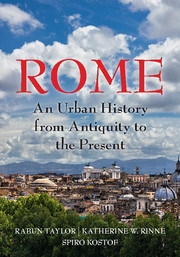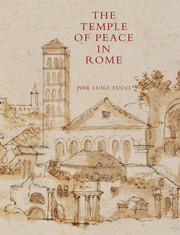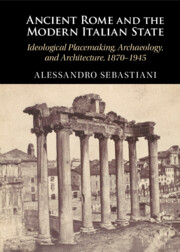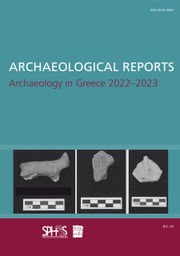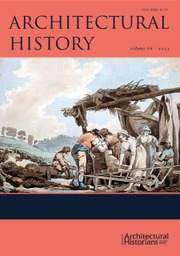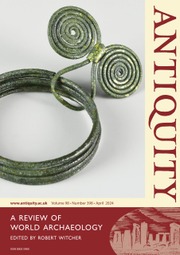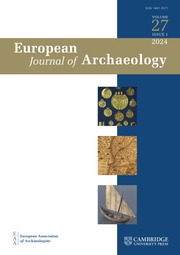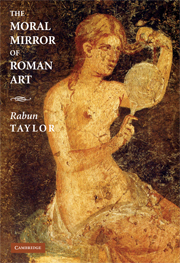Rome
Spanning the entire history of the city of Rome from Iron Age village to modern metropolis, this is the first book to take the long view of the Eternal City as an urban organism. Three thousand years old and counting, Rome has thrived almost from the start on self-reference, supplementing the everyday concerns of urban management and planning by projecting its own past onto the city of the moment. This is a study of the urban processes by which Rome's people and leaders, both as custodians of its illustrious past and as agents of its expansive power, have shaped and conditioned its urban fabric by manipulating geography and organizing space; planning infrastructure; designing and presiding over mythmaking, ritual, and stagecraft; controlling resident and transient populations; and exploiting Rome's standing as a seat of global power and a religious capital.
- The only study of Rome from an urban perspective that covers its entire period of occupation
- Designed to function both as an original scholarly contribution to the study of the city and as a textbook for urban history courses
- Divided into three principal historical periods: ancient, medieval, and modern
Reviews & endorsements
'… this volume will be useful for scholars from many sub-fields looking to situate their work in the city's own history. … But the value of the large-scale urban biography model is precisely to make us think about patterns in the city's life over time. This book achieves its aims admirably, and will be valuable for students and researchers alike.' Amy Russell, Bryn Mawr Classical Review
Product details
November 2016Paperback
9781107601499
450 pages
254 × 177 × 20 mm
0.94kg
216 b/w illus. 12 maps
Available
Table of Contents
- 1. A bend in the river
- 2. A storybook beginning
- 3. Ideological crossfire
- 4. Big men on the campus
- 5. Res publica restitute
- 6. Memorials in motion: spectacle in the city
- 7. The concrete style
- 8. Remaking Rome's public core I
- 9. Remaking Rome's public core II
- 10. Continuity and crisis
- 11. Rus in urbe: a garden city
- 12. Administration, infrastructure, and disposal of the dead
- 13. Mapping, zoning, and sequestration
- 14. Tetrarchic and Constantinian Rome
- 15. Trophies and tituli: Christian infrastructure before Constantine
- 16. Walls make Christians: from fourth to fifth century
- 17. A tale of two Romes
- 18. The Rome of Goths and Byzantines
- 19. Christian foundations
- 20. From Domus laterani to Romanum palatium
- 21. The Leonine City: St Peter's and the Borgo
- 22. Via Papalis, the Christian decumanus
- 23. The urban theaters of imperium and SPQR
- 24. Housing daily life
- 25. Chaos in the fortified city
- 26. The Tiber River
- 27. Humanist Rome, absolutist Rome (1420–1527)
- 28. Planning Counter-Reformation Rome
- 29. Processions and populations
- 30. Magnificent palaces and rhetorical churches
- 31. Neoclassical Rome
- 32. Picturing Rome
- 33. Revolution and Risorgimento
- 34. Italian nationalism and romanità
- 35. A city turned inside out.

